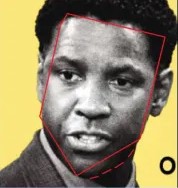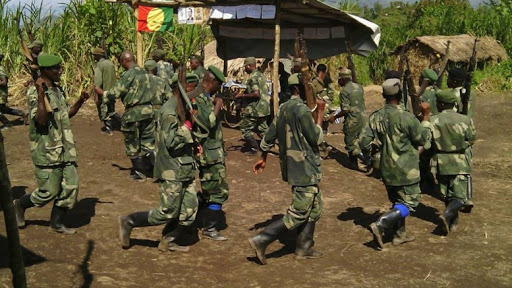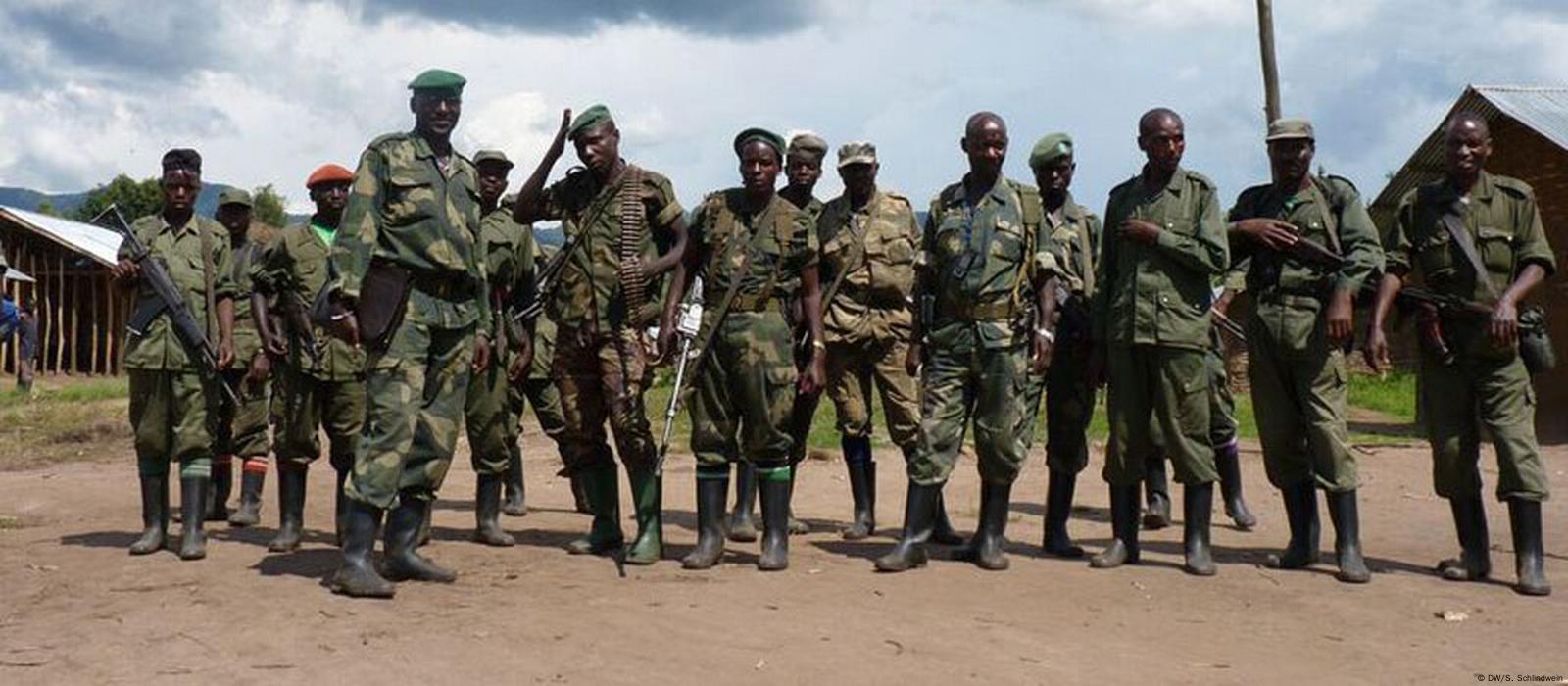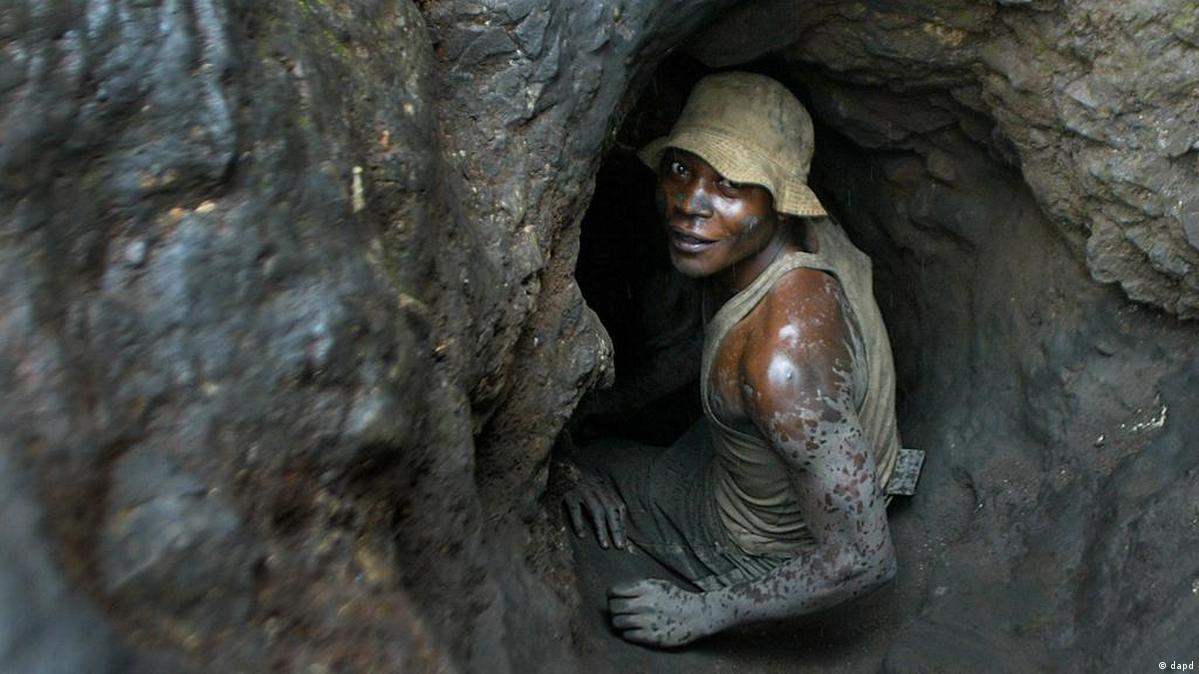Regional
How Kinshasa aggravates regional security threat
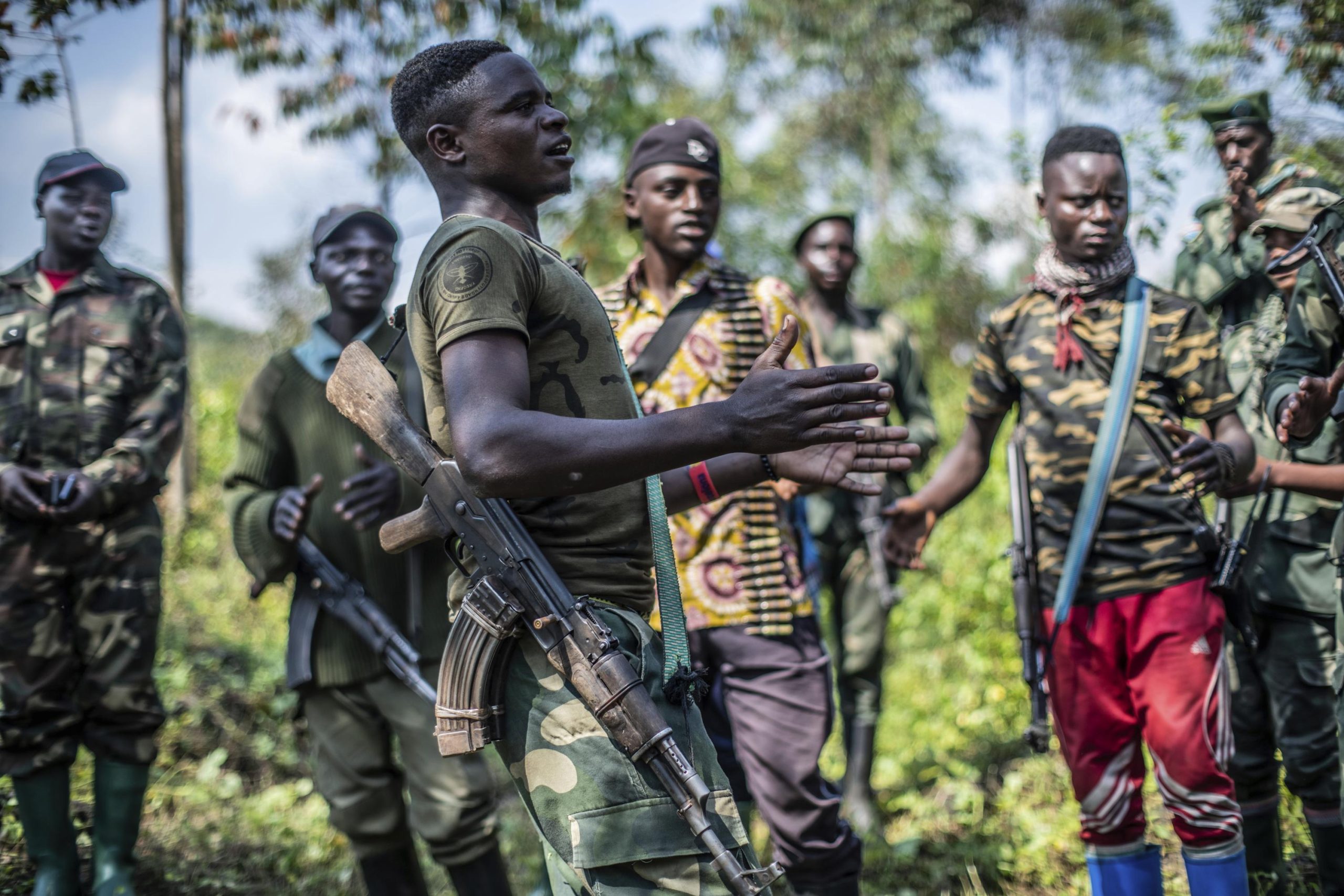
Members of the FDLR, a US-sanctioned terrorist group formed by the remnants of the perpetrators of the 1994 Genocide against the Tutsi in Rwanda.
The
Democratic Republic of Congo (DRC) is investing heavily in bringing militia
groups together as part of its grand plan of ethnic cleansing. The Congolese
government is supplying militia groups with heavy weapons so as to wage war
against the AFC/M23 rebel alliance, disregarding the fact that it is planting
the seeds of future conflicts.
Kinshasa’s incompetence and lack of coordination of its security forces became an opportunity to armed groups to legitimize their existence and operate with impunity across the eastern part of the country. So far, there are more than 260 armed groups in the country’s east.
Instead
of disarming the armed groups, Kinshasa fueled the conflict by heavily arming
some of the most dangerous militias, such as, Wazalendo and FDLR, US-sanctioned
terrorists formed by remnants of the perpetrators of the 1994 genocide against
the Tutsi in Rwanda, among others, and using them as proxies to combat the
AFC/M23. The situation left many innocent civilians dead, and others displaced, both internally and
externally.
These
militia groups are committing serious human rights abuses. According to the UN
Group of experts on DRC, Kinshasa’s authorization of Wazalendo heightened their
criminal activities, expanding territory in some cases and taxing and exploiting
civilians in others.
Weapons
transfer from the Congolese government to the militias undermined prior calls
by the government for armed groups to demobilize and are planting the seeds of
future conflicts by further militarizing the region.
Since December
2023, hundreds of commanders and combatants from Wazalendo and FDLR have been
in joint trainings. The FDLR’s Deputy Commander Maj Gen Cyprien Uzabakiriho
concluded the training on March 19.
Kinshasa’s
support of local armed groups could result in many regional security problems.
These militia groups have been lately receiving support from the Congolese
government to help fight the AFC/M23, a Congolese politico-military
organisation which Congolese leaders like to pretend is Rwandan.
By
aligning themselves with the Congolese government, the negative militias such
as FDLR have now become Tshisekedi’s heroes inspite of the atrocities they are
committing. This raises the question: how could those hailed as heroes today
ever be judged as criminals tomorrow?
These militia groups have expectations that they will be rewarded by the government for their loyalty, including by being given permanent positions within the military.
“Kinshasa’s
policy” is to oppose the wholesale integration of armed groups into the army, a
position aimed at avoiding the reward and encouragement of rebellions, yet
given its need to keep the armed groups close, it is unclear if this will
remain its stance.
Analysts
warn that the situation is likely to worsen in the future, making disarmament
increasingly difficult, as these groups grow stronger, gain more confidence,
recruit more members, and acquire greater experience through ongoing training
and support. Resolving the issue today might be far easier than facing a much
stronger force tomorrow.
To
date, millions of Congolese refugees are scattered all over the world. They
have lost their loved ones, dignity, property, and nationality, while running
for their lives due to the insecurity in eastern DRC posed by those armed
groups.


